Salix babylonica
A non-native willow with drooping branches
Salix babylonica weeping willow
There are many species of willow, but the long, narrow, alternate, toothed leaves and long drooping branches and twigs make this species easy to recognize. The undersides of the leaves are lighter in color than the upper surface. The tree is native to central or western China, but has been widely cultivated in Europe and North America. The original specimens traveled along the Silk Road Trade Route across Central Asia to the Middle East and Europe. The original species was found to not grow well outside of China because they were damaged by frost and subject to disease. Thus most we see here are hybrid cultivars. Cultivated trees have escaped cultivation in many areas.
The species name comes from the Hanging Gardens of Babylon, one of the ancient Seven Wonders of the World. It is unlikely this species was actually available in ancient Babylon. The twigs tend to be brittle at the base. The leaves can be 1-5 inches long and are alternate on the stem. The tree can grow 30-60 feet high and the trunk diameter is normally 1-3 feet, but can be wider. The tree often does well near water and it is common to see the drooping branches hanging over a stream or pond. The tree is noted for its rapid growth but it has a short lifespan - 40 to 75 years. The tree is quite beautiful in the proper setting, but the roots have a tendency to damage water and sewer lines. It can also be a messy tree - continually dropping leaves and twigs -and not appropriate for most residential plantings. Flowers form in the spring as male and female catkins on separate trees. It is one of the earliest trees to grow leaves in the spring and one of the last to lose them in the fall when they turn a yellow-green to golden yellow.
Habitat & Range
Cultivated and occasionally naturalized, mostly in the south of the state.
| EMP: | FACW |
|---|---|
| NCNE: | N/A |
Phenology
Flowers April & May.
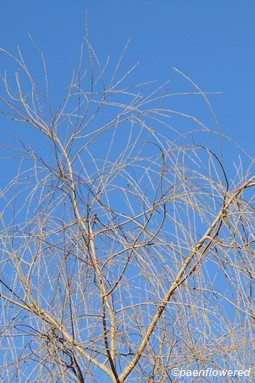
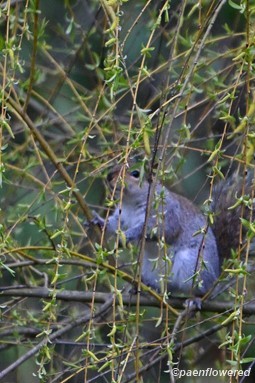
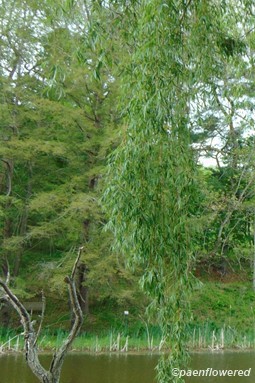

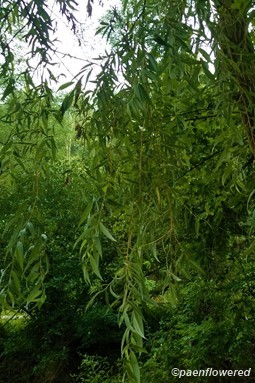
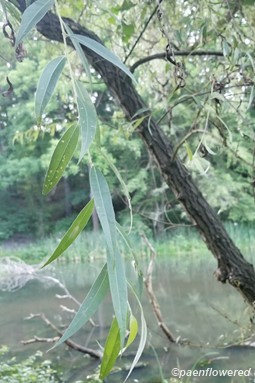
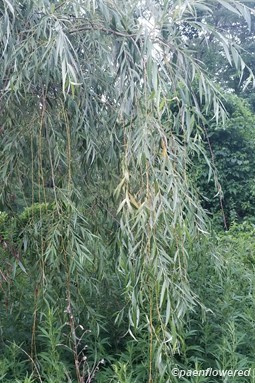
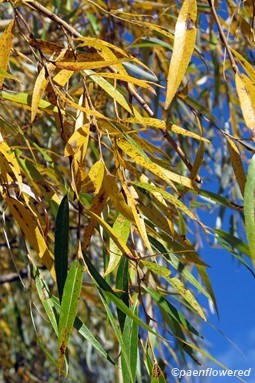






.jpg?v=638215221990000000)

Comments
Have you spotted this plant in your area? We'd love to hear about your experience! Share your comments or questions about the plant below. Comments are moderated before posting.